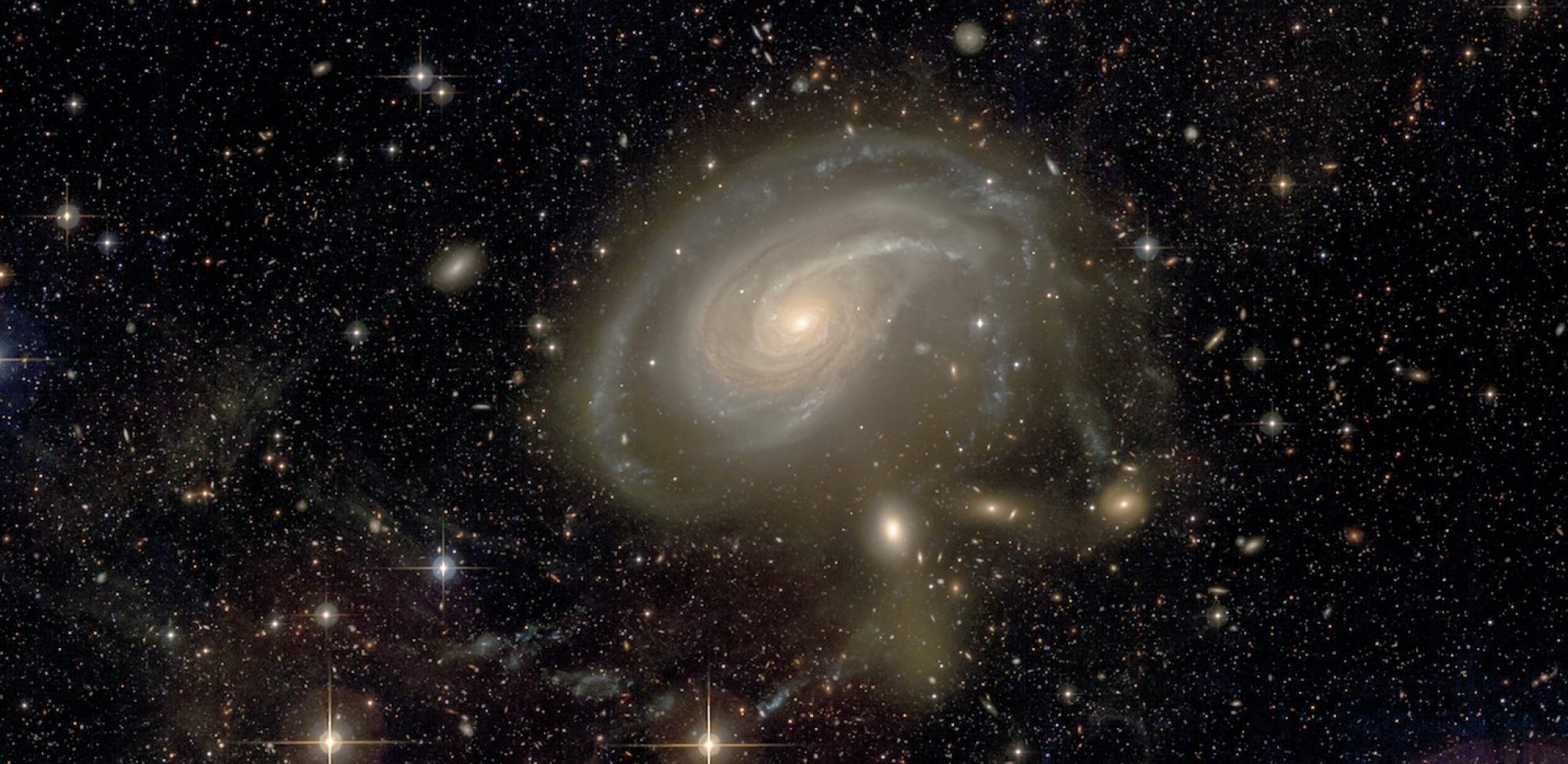
We present new Spectrographic Areal Unit for Research on Optical Nebulae (SAURON) integral-field spectroscopy and Swift Ultraviolet Optical Telescope (UVOT) observations of molecular outflow host galaxy NGC 1266 that indicate NGC 1266 has experienced a rapid cessation of star formation.
Both the SAURON maps of stellar population age and the Swift UVOT observations demonstrate the presence of young (<1 Gyr) stellar populations within the central 1 kpc, while existing Combined Array for Research in Millimeter-Wave Astronomy CO(1-0) maps indicate that the sites of current star formation are constrained to only the inner few hundred parsecs of the galaxy. The optical spectrum of NGC 1266 from Moustakas & Kennicutt reveal a characteristic poststarburst (K+A) stellar population, and Davis et al. confirm that ionized gas emission in the system originate from a shock. Galaxies with K+A spectra and shock-like ionized gas line ratios may comprise an important, overlooked segment of the poststarburst population, containing exactly those objects in which the active galactic nucleus (AGN) is actively expelling the star-forming material. While AGN activity is not the likely driver of the poststarburst event that occurred 500 Myr ago, the faint spiral structure seen in the Hubble Space Telescope Wide-field Camera 3 Y-, J- and H-band imaging seems to point to the possibility of gravitational torques being the culprit. If the molecular gas were driven into the center at the same time as the larger scale galaxy disk underwent quenching, the AGN might be able to sustain the presence of molecular gas for >~ 1 Gyr by cyclically injecting turbulent energy into the dense molecular gas via a radio jet, inhibiting star formation.It has recently been proposed that the dwarf spheroidal galaxies located in the Local Group discs of satellites (DoSs) may be tidal dwarf galaxies (TDGs) born in a major merger at least 5 Gyr ago. Whether TDGs can live that long is still poorly constrained by observations. As part of deep optical and H I surveys with the Canada-France-Hawaii Telescope (CFHT) MegaCam camera and Westerbork Synthesis Radio Telescope made within the ATLAS3D project, and follow-up spectroscopic observations with the Gemini-North telescope, we have discovered old TDG candidates around several early-type galaxies. At least one of them has an oxygen abundance close to solar, as expected for a tidal origin. This confirmed pre-enriched object is located within the gigantic, but very low surface brightness, tidal tail that emanates from the elliptical galaxy, NGC 5557. An age of 4 Gyr estimated from its SED fitting makes it the oldest securely identified TDG ever found so far. We investigated the structural and gaseous properties of the TDG and of a companion located in the same collisional debris, and thus most likely of tidal origin as well. Despite several Gyr of evolution close to their parent galaxies, they kept a large gas reservoir. Their central surface brightness is low and their effective radius much larger than that of typical dwarf galaxies of the same mass. This possibly provides us with criteria to identify tidal objects which can be more easily checked than the traditional ones requiring deep spectroscopic observations. In view of the above, we discuss the survival time of TDGs and question the tidal origin of the DoSs.
Published in Alatalo et al., 2014, ApJ 780, 186

